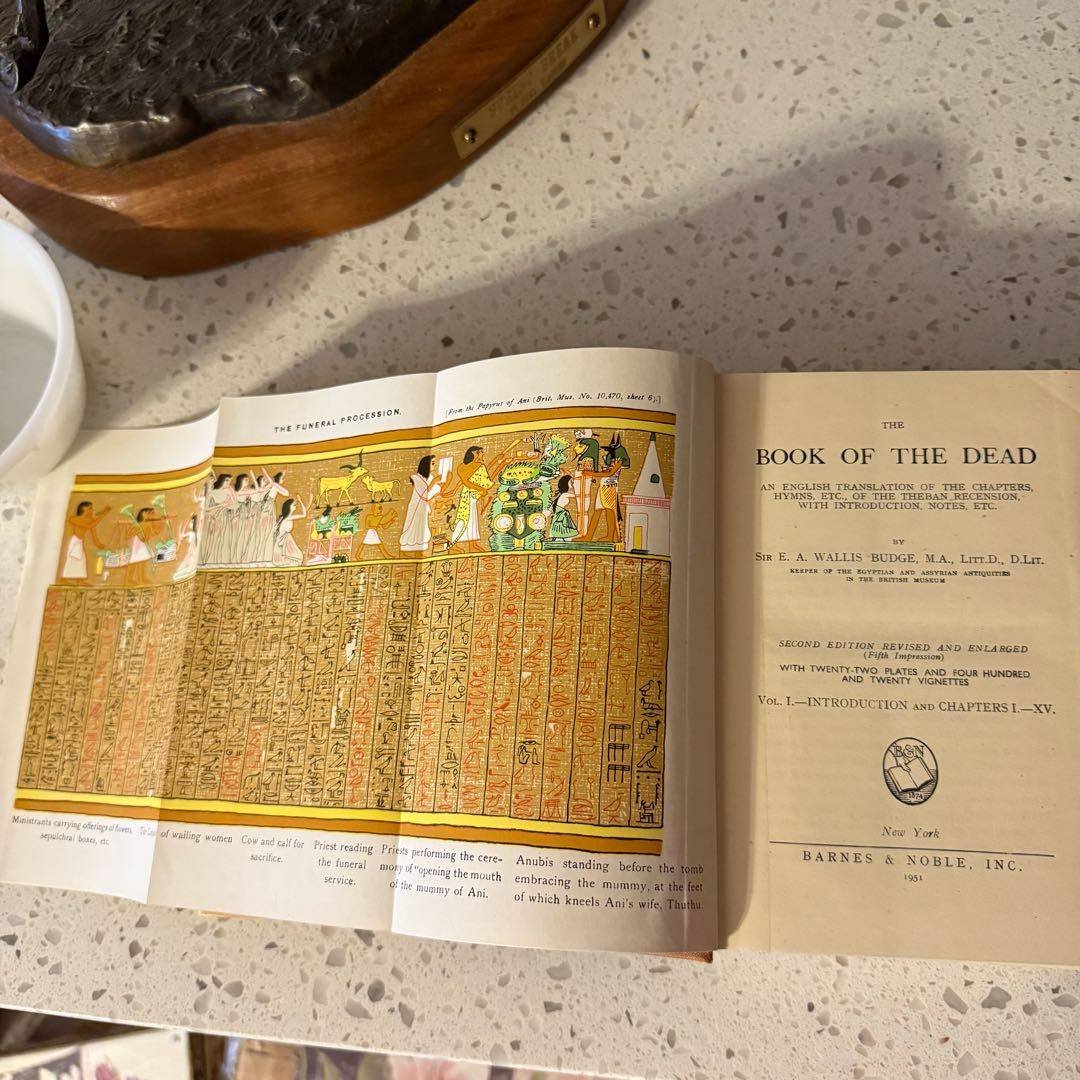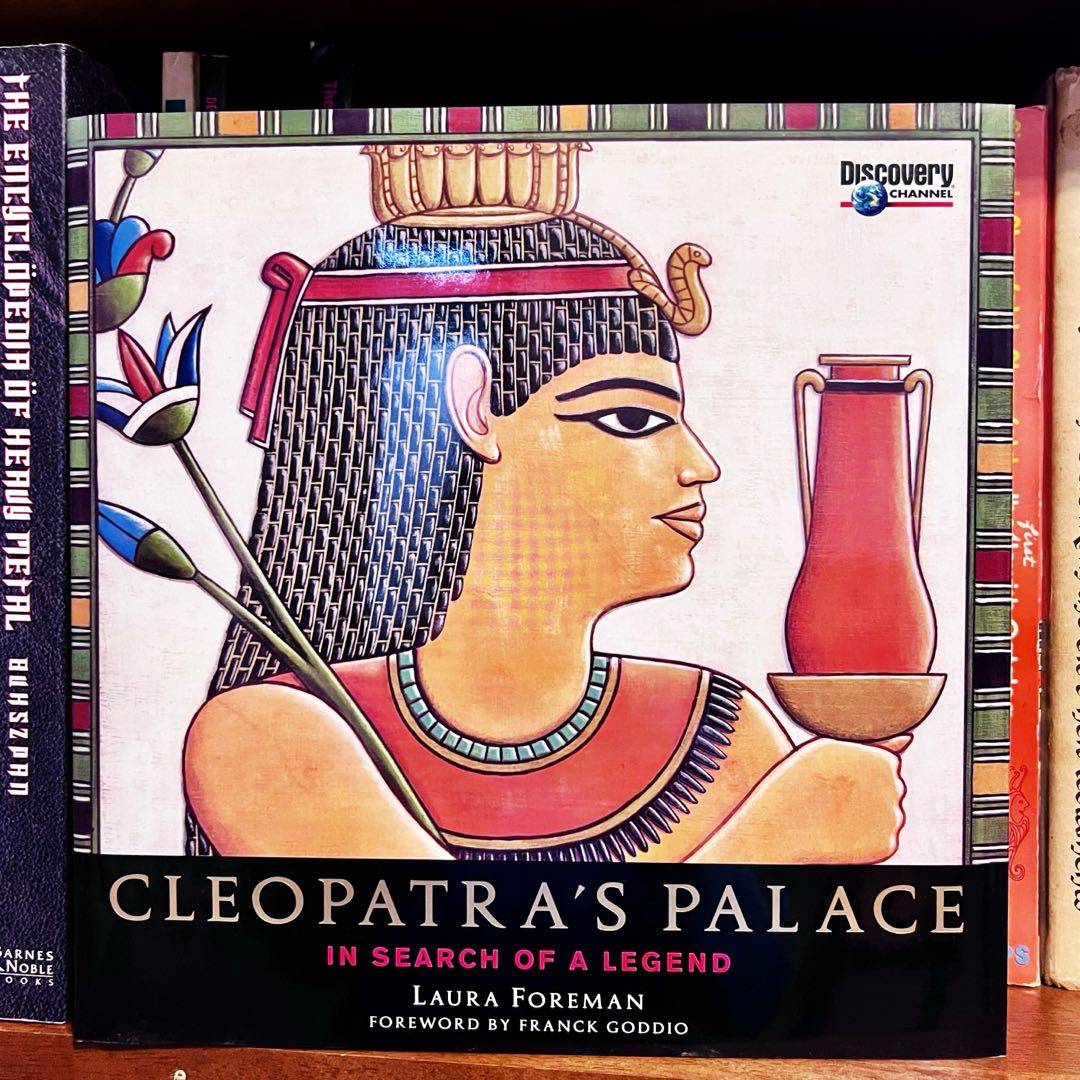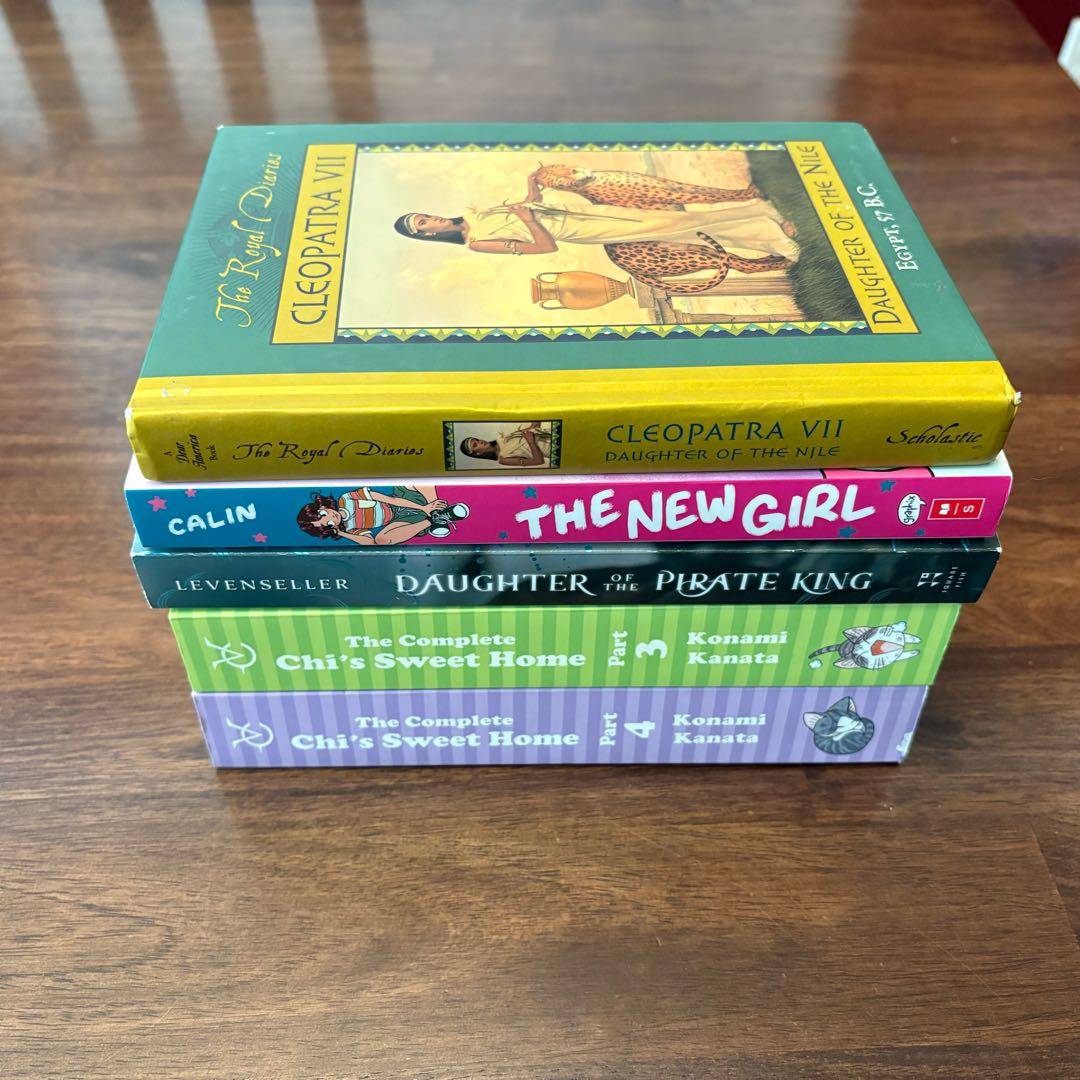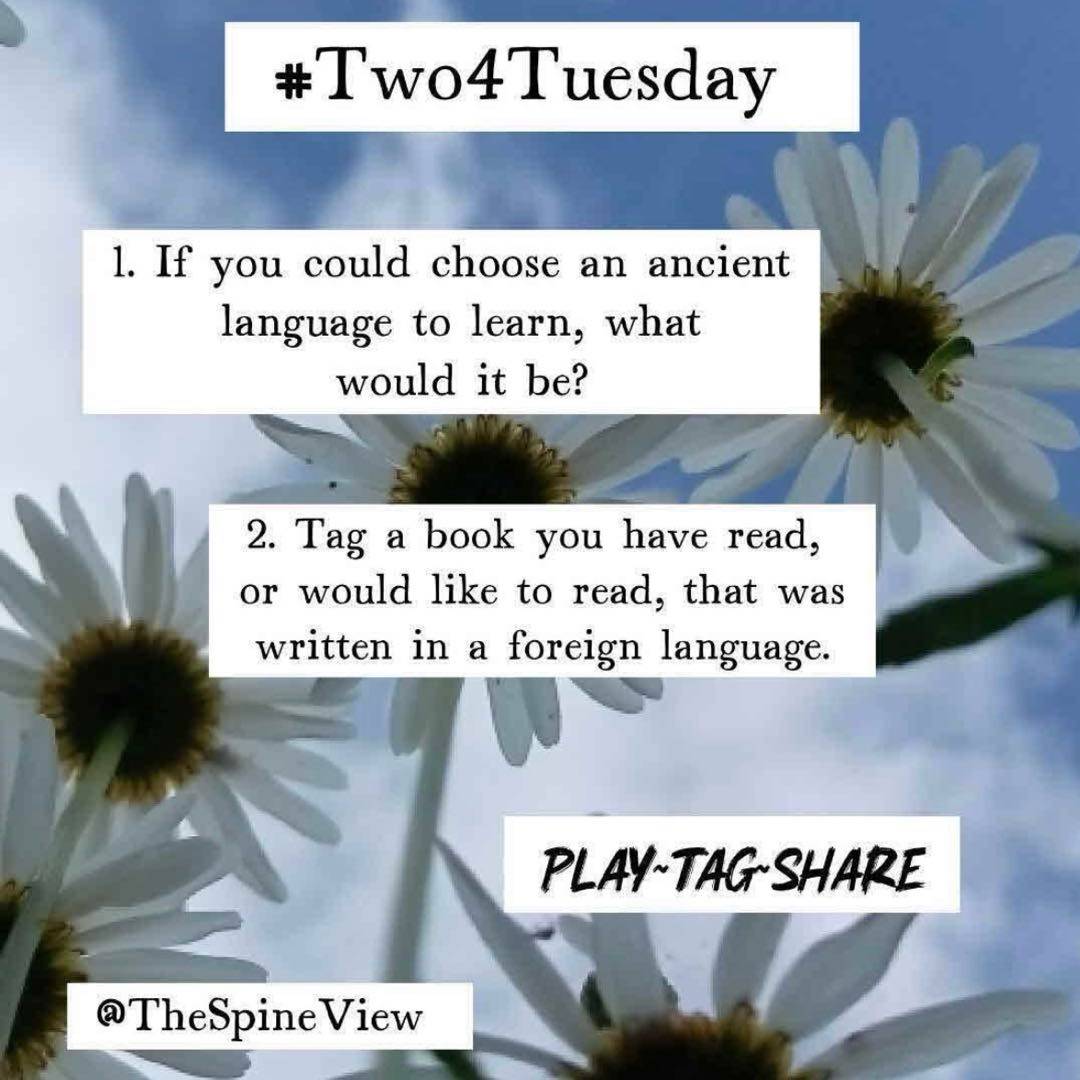
Just cuz I wanted to post something cool on Friday! 1951 edition , everyone loves a map or a foldout!

Just cuz I wanted to post something cool on Friday! 1951 edition , everyone loves a map or a foldout!

Found this at a local used book store yesterday. You know I love me some a vintage Christie paperback. 😍

read Death Comes as the End in one setting. It's a historical mystery by Christie being set in ancient Egypt. Christie usually writes cozy mysteries, but this one, to me, was not cozy. In fact, if it was a stormy night instead of a nice summer night, it probably would have scared me a little. I always love a mystery, where I don't figure out the culprit! Agatha Christie is the Queen of Mysteries!
#Classics

Great historical read about food found in ancient Egypt! The last chapter is on bread fyi.

Part 1 of kiddo‘s haul: the tagged has been borrowed from the library at least a dozen times, the bottom two finish the series, the Daughter books is her cousin‘s absolute favorite series (she carries them around and calls them her children) and a birthday present for my kiddo, and the Calin just because (and author‘s first name is kiddo‘s first name so if that‘s ever a bingo square again she‘s set).

#Two4Tuesday
1. I would choose to learn Hieroglyphic.
2. And if I was going to read a book in that language, it would have to be the tagged one. Beyond that, I‘ve read a number of books in translation recently and two great ones are Kim Jiyoung, Born 1982 (originally published in Korean) and The Devotion of Suspect X (originally published in Japanese).
@TheSpineView
What a disappointment! Such an interesting historical figure but sadly this part of her life left me deflated , boring in parts And as other reviewers have said the book should have been titled ceasar and cleopatra, mark Anthony is mentioned once towards the end almost as if there could be a part 2 book 2 but very much doubt it , what a shame, sadly a let down for me
Apparently reading for four hours in total on Thursday wasn't enough for me, despite being 4x as much as I usually manage, so I read for another hour before bed to finish this. I liked it a lot, though as ever I'd have liked it more with numbered citations and I wish the nature of evidence for his assertions had been discussed, e.g. *why* does he assert that "Chickpea" and Cleopatra IV were a love match? On what evidence?!